Container shipping is a vital component of global trade, enabling the efficient movement of goods across vast distances. As businesses increasingly rely on imports from countries like China, understanding the intricacies of shipping costs becomes essential for effective budgeting and operational planning. This guide provides a comprehensive overview of container shipping costs from China to Colombia, focusing on both 20 ft and 40 ft containers. By breaking down the various components of shipping expenses and examining the factors that influence these costs, importers can make informed decisions, optimize their logistics strategies, and streamline their supply chains.
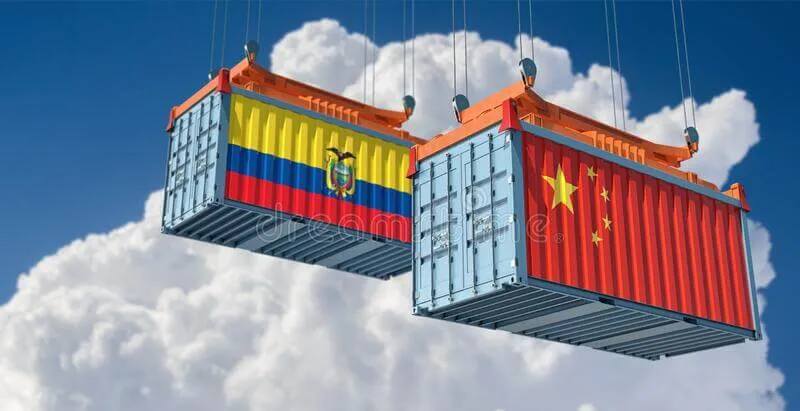
Understanding Container Shipping Costs from China to Colombia
Container shipping serves as the backbone of global trade, facilitating the movement of goods across vast distances. It involves the transportation of large standardized containers on cargo ships, which can be efficiently loaded and unloaded at ports. This system has revolutionized freight logistics, allowing for the safe and cost-effective transit of various commodities.
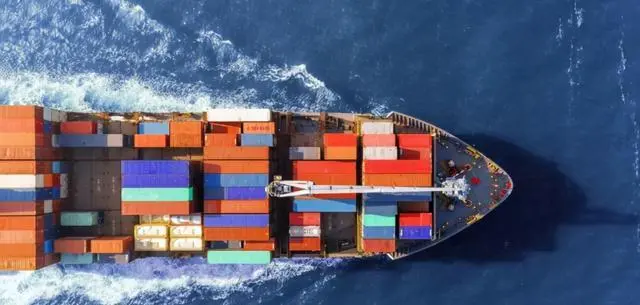
The use of intermodal containers enables seamless transitions between different modes of transport—sea, rail, and truck—streamlining logistics and reducing handling costs. In 2022, the global container shipping market was valued at approximately $11.4 billion, with a projected compound annual growth rate (CAGR) of 4.5% from 2023 to 2030. The growth of e-commerce and the increasing demand for consumer goods significantly boost the need for containerized shipping.
Importance of Container Shipping in Global Trade
Container shipping is crucial for international trade, particularly for countries like Colombia that rely heavily on imports. The significance of container shipping can be summarized in several key points:
-
Efficiency: Containerization has optimized loading and unloading processes at ports, reducing turnaround times for shipping vessels and enhancing overall supply chain efficiency.
-
Cost-Effectiveness: By consolidating goods into containers, shippers can take advantage of economies of scale, leading to lower shipping costs per unit. This is especially beneficial for small and medium-sized enterprises seeking to import goods from China.
-
Security and Protection: Containers provide a secure method of transporting goods, protecting them from theft, damage, and environmental factors.
-
Flexibility: Container shipping accommodates a wide range of cargo types, from electronics to textiles, making it adaptable to various industries.
-
Global Connectivity: The container shipping network connects markets worldwide, enhancing Colombia’s ability to import essential goods and export local products.
Recognizing the importance of container shipping is critical for businesses looking to navigate the complexities of international trade effectively.
20 ft Container Shipping Cost from China to Colombia
When considering shipping costs, one of the most common queries from importers is the cost associated with a 20 ft container. Understanding the components that contribute to these costs is essential for accurate budgeting and planning.
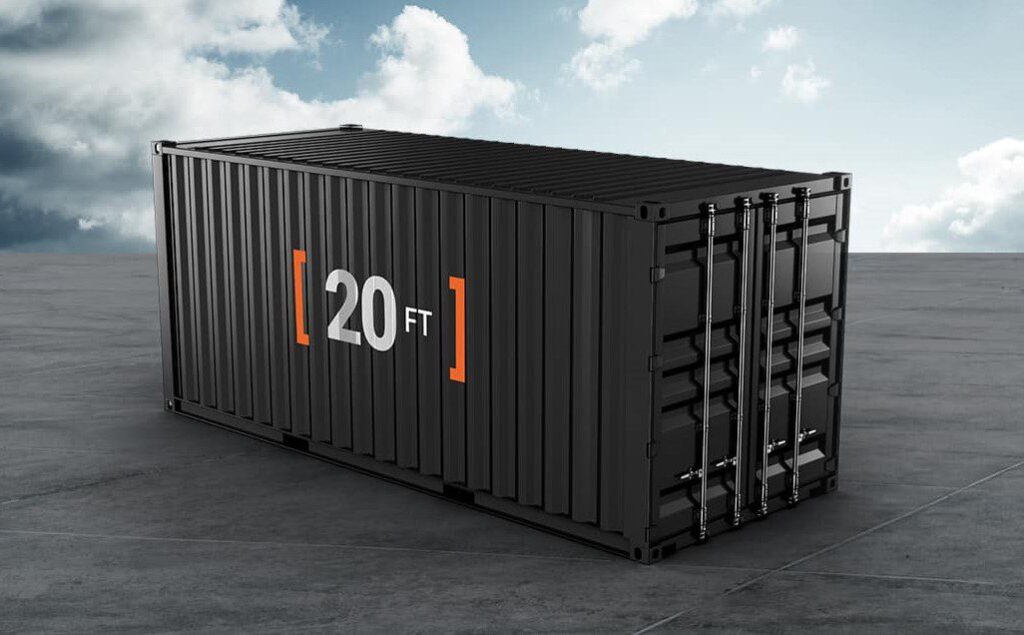
Cost Breakdown for 20ft Containers
Here is a comprehensive breakdown of the costs involved in shipping a 20 ft container from China to Colombia:
| Cost Component | Description | Estimated Cost (USD) |
|---|---|---|
| Freight Charges | Basic shipping fee to transport the container | $1,000 – $2,000 |
| Container Rental | Cost of leasing the container during transit | $100 – $200 |
| Port Fees | Charges for loading and unloading at both origin and destination ports | $200 – $500 |
| Customs Duties | Import tariffs and taxes levied by the Colombian government | Variable (10% – 20% of the declared value) |
| Insurance | Protection for the cargo during shipping | $50 – $150 |
| Destination Charges | Local handling and delivery fees in Colombia | $100 – $300 |
| Total Estimated Cost | $1,550 – $3,550 |
Factors Influencing Costs
-
Distance and Routes: The distance between the shipping origin and destination can significantly impact freight charges. Direct routes tend to be more cost-effective.
-
Cargo Type: Specific commodities may incur additional fees due to regulatory requirements or specialized handling.
-
Seasonality: Shipping rates fluctuate based on demand, with peak seasons typically resulting in higher costs.
-
Fuel Prices: Variations in fuel prices directly influence shipping costs, as they affect operational expenses for carriers.
-
Additional Services: Services such as Customs Clearance and Insurance Services may add to the overall cost, but can offer peace of mind for importers.
Dantful International Logistics offers a highly professional and cost-effective solution for businesses looking to import goods from China to Colombia. With comprehensive services, including Customs Clearance and Insurance Services, Dantful ensures a smooth shipping experience tailored to the needs of global traders. For more information on our offerings, please visit Dantful International Logistics.
Understanding the intricacies of container shipping costs is vital for effective financial planning and operational efficiency in the international trade landscape. By leveraging the expertise of a reliable freight forwarder like Dantful, businesses can navigate these complexities with confidence.
40 ft Container Shipping Cost from China to Colombia
Cost Breakdown for 40ft Containers
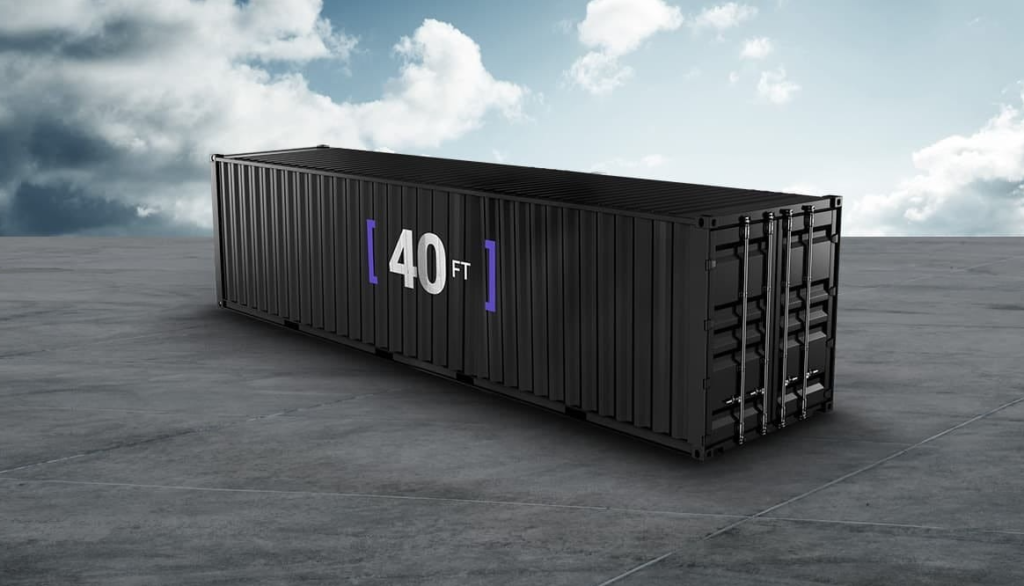
Shipping a 40 ft container offers a higher capacity compared to a 20 ft container, making it a favored choice for businesses with larger volumes of goods. Understanding the cost components involved in shipping a 40 ft container from China to Colombia is essential for effective budgeting and planning. Below is a detailed breakdown of the estimated costs:
| Cost Component | Description | Estimated Cost (USD) |
|---|---|---|
| Freight Charges | Basic shipping fee to transport the container | $1,500 – $2,500 |
| Container Rental | Cost for leasing the container during transit | $150 – $300 |
| Port Fees | Charges for loading and unloading at both origin and destination ports | $250 – $600 |
| Customs Duties | Import tariffs and taxes levied by the Colombian government | Variable (10% – 20% of the declared value) |
| Insurance | Protection for the cargo during shipping | $75 – $200 |
| Destination Charges | Local handling and delivery fees in Colombia | $150 – $400 |
| Total Estimated Cost | $2,075 – $4,600 |
This cost breakdown illustrates the financial considerations involved in shipping a 40 ft container, which can be beneficial for businesses looking to optimize their logistics strategy.
READ MORE:
- Shipping From China to the United States
- Shipping From China TO Canada
- Shipping From China TO Mexico
- Shipping From China to Panama
- Shipping From China to Costa Rica
- Shipping From China to Brazil
- Shipping From China TO Colombia
- Shipping From China to Jamaica
- Shipping From China to Venezuela
Factors Influencing Container Shipping Costs
Multiple factors can affect the overall shipping costs when importing goods from China to Colombia. Understanding these variables can help importers make more informed decisions.
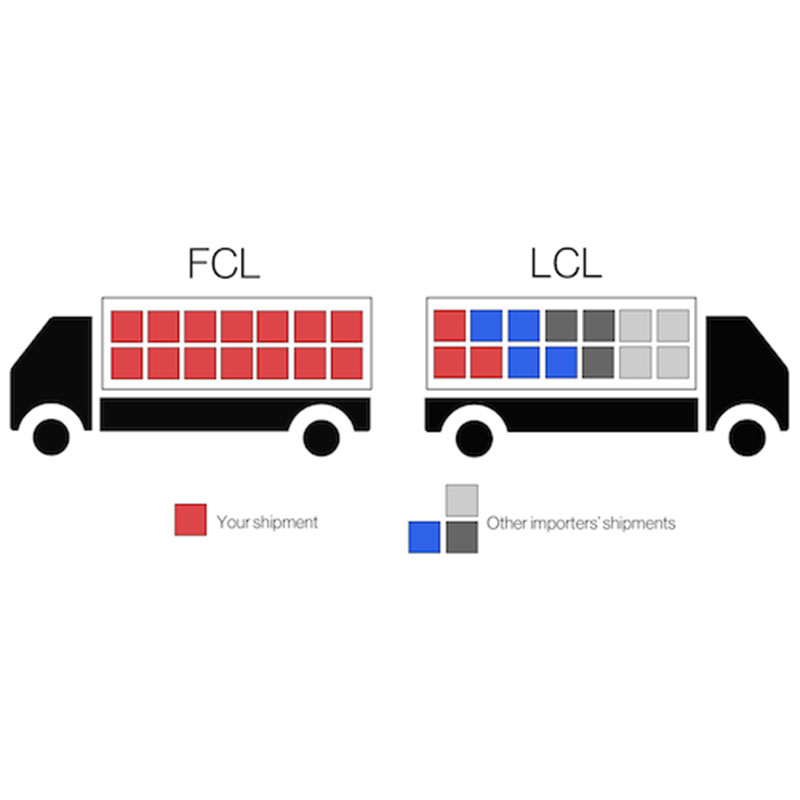
Type of Container: FCL vs. LCL
Full Container Load (FCL) and Less than Container Load (LCL) are two key shipping methods, each with distinct cost implications.
-
FCL: In FCL, the shipper rents the entire container, making it suitable for larger shipments. This method often results in lower shipping costs per unit as the entire container space is utilized efficiently. Additionally, FCL shipments tend to have faster transit times due to fewer handling processes.
-
LCL: Conversely, LCL is used when the shipment does not fill an entire container. The costs are shared among multiple shippers, which can be more economical for smaller shipments. However, this method increases handling and transit times, potentially leading to higher overall costs due to additional fees and delays.
The choice between FCL and LCL significantly affects the shipping costs and should be made based on the volume and nature of the cargo.
Distance and Shipping Routes
The geographical distance between the port of origin in China and the destination port in Colombia plays a crucial role in determining shipping costs. Shorter and direct routes generally incur lower freight charges compared to longer or more complicated routes. Additionally, the efficiency of the shipping route, including port facilities and congestion levels, can further impact transit times and costs. For example, shipping routes that face frequent delays may lead to increased costs due to extended rental periods for containers.
Seasonal Variations in Shipping Costs
Shipping costs can fluctuate significantly based on seasonal demand. For instance, during peak seasons—such as the holiday season or major sales events—shipping rates tend to rise due to increased demand for container space. Conversely, during off-peak periods, rates may decrease, making it more cost-effective to import goods. Importers should be aware of these seasonal trends to optimize their shipping schedules and budgets.
Impact of Fuel Prices on Shipping Rates
Fuel prices have a direct correlation with shipping costs. As fuel prices rise, carriers often pass those costs onto shippers in the form of increased freight charges. Fluctuations in global oil prices can lead to notable changes in shipping rates, making it essential for businesses to monitor these trends closely. Implementing fuel surcharges can be a common practice among freight carriers to accommodate these variations, adding another layer of complexity to shipping costs.
For more efficient logistics solutions, Dantful International Logistics provides comprehensive services tailored to meet the diverse needs of businesses engaged in international trade. With expertise in Customs Clearance, Insurance Services, and logistics planning, Dantful ensures a seamless shipping experience from China to Colombia and beyond. For detailed information about our services, visit Dantful International Logistics.
Additional Costs to Consider in Container Shipping
When shipping containers from China to Colombia, understanding the full scope of costs is crucial for accurate budgeting. Beyond the basic freight charges, several additional expenses can impact the overall cost of shipping.
Colombia Customs Duties and Taxes
Colombian customs duties and taxes are significant components of the total shipping costs. The Colombian government imposes import tariffs based on the declared value of the goods, which can range from 10% to 20% depending on the product category. Additionally, the following points are essential to consider:
-
Value Added Tax (VAT): In Colombia, imports may also incur a VAT, typically around 19%, which is applied to the cost of the goods plus customs duties.
-
Tariff Classification: Each commodity is classified under specific tariff codes, affecting the applicable duty rates. Accurate classification is necessary to avoid costly penalties and ensure compliance with Colombian regulations.
-
Documentation Fees: Importers may need to prepare various documents, such as invoices, packing lists, and certificates of origin, which can incur additional costs.
Understanding customs duties and taxes is vital for importers to avoid unexpected expenses and ensure a smooth clearance process.
Handling and Port Fees
Handling and port fees can vary significantly by port and the nature of the shipment. These are essential costs associated with the loading and unloading of containers at both the origin and destination ports. Key components include:
-
Terminal Handling Charges (THC): Fees for services rendered at the port terminals, including loading and unloading containers from ships.
-
Storage Fees: If the cargo is not cleared and picked up within a specified period, storage charges may be applied at the port, leading to additional expenses.
-
Customs Inspection Fees: Depending on the nature of the goods, customs authorities may require inspections, leading to further costs for handling and delays.
Awareness of these fees helps importers budget accurately and mitigate potential delays in their supply chain.
Insurance Costs for Container Shipping
Insurance is a critical consideration in container shipping, providing protection against potential loss or damage during transit. The following aspects detail the importance and costs associated with cargo insurance:
-
Types of Coverage: Various policies are available, including All-Risk Insurance, which covers most incidents, and Named Perils Insurance, which only covers specific events. The choice of policy should align with the value and nature of the goods being shipped.
-
Premium Costs: Insurance premiums typically range from 0.5% to 2% of the declared value of the cargo, depending on factors such as the type of goods, shipping routes, and risk assessments.
-
Claim Process: Understanding the claims process is essential. In the event of loss or damage, timely documentation and reporting are crucial for insurance recovery.
Securing adequate insurance coverage is essential for mitigating risks in container shipping and protecting investments.
Tips for Reducing Container Shipping Costs
While shipping costs can accumulate quickly, there are several strategies importers can use to reduce expenses effectively. These include careful selection of freight forwarding partners and strategic planning.
Choosing the Right Freight Forwarder
Selecting a reliable and experienced freight forwarder can significantly impact shipping costs. A good freight forwarder will:
-
Negotiate Better Rates: Established relationships with carriers may provide access to discounted rates and favorable terms.
-
Offer Comprehensive Services: A forwarder that provides a full suite of services—including customs clearance, insurance, and warehouse options—can streamline logistics and reduce overall costs.
-
Provide Expert Advice: An experienced forwarder can offer insights on optimizing shipping routes, consolidating shipments, and understanding regulatory requirements.
Choosing the right partner enhances efficiency and helps manage logistics more effectively.
Effective Planning and Scheduling
Proper planning and scheduling can lead to significant cost savings. Strategies include:
-
Advance Booking: Booking shipments in advance can secure better rates and ensure availability, especially during peak seasons.
-
Avoiding Peak Times: Shipping during off-peak times can result in lower freight rates, as demand is reduced. Monitoring seasonal trends can help importers identify the most cost-effective periods.
-
Load Optimization: Maximizing container space by planning cargo loads efficiently reduces the number of shipments needed, leading to lower overall costs.
Effective planning ensures that shipping operations are conducted efficiently and economically.
Utilizing Freight Calculators
Freight calculators are valuable tools for estimating shipping costs based on various parameters, such as:
-
Container Size: Comparing costs for different container sizes (e.g., 20 ft vs. 40 ft) to determine the most economical choice for specific shipments.
-
Routes and Carriers: Analyzing costs based on different shipping routes and carriers helps identify the most competitive rates.
-
Service Levels: Incorporating service levels, such as express or standard shipping, into calculations allows for informed decision-making based on urgency versus cost.
Freight calculators empower shippers to make data-driven decisions that can lead to reduced shipping costs.
Consolidating Shipments for Cost Efficiency
Consolidation involves combining multiple shipments into one container, lowering overall costs. This approach offers several advantages:
-
Reduced Shipping Rates: By sharing container space, importers can benefit from lower rates associated with FCL shipping.
-
Decreased Handling Fees: Fewer shipments may lead to reduced handling and port fees, streamlining logistics and saving money.
-
Simplified Customs Processes: Consolidated shipments can simplify customs clearance, as fewer containers require processing.
Importers should consider consolidation strategies to maximize efficiency and minimize costs.
Dantful International Logistics specializes in providing tailored solutions for businesses engaged in container shipping. With extensive expertise in Customs Clearance, Insurance Services, and strategic logistics planning, Dantful supports clients in optimizing their shipping operations and managing costs effectively. For more information about our services, please visit Dantful International Logistics.
Dantful International Logistics Services:
- Dantful Ocean Freight Services
- Air Freight From China
- Amazon FBA Freight Forwarding
- WAREHOUSE Services
- One-Stop Customs Clearance Solution
- Cargo Insurance Services in China
- DDP Shipping Services By Dantful Logistics
- Out of Gauge Cargo Transportation Shipping Services
FAQs
1. What are the average costs for shipping a container from China to Colombia?
The estimated costs for shipping a 20 ft container range from $1,550 to $3,550, while a 40 ft container can cost between $2,075 and $4,600. These prices vary based on factors such as freight charges, container rental, port fees, customs duties, insurance, and destination charges.
2. How are customs duties and taxes calculated in Colombia?
Customs duties in Colombia typically range from 10% to 20% of the declared value of imported goods. Additionally, a Value Added Tax (VAT) of around 19% may apply to the total customs value, which includes both the cost of the goods and the duties.
3. What factors can influence the shipping costs?
Key factors influencing shipping costs include:
- Distance and Shipping Routes: Longer routes or those with multiple stops generally incur higher freight charges.
- Cargo Type: Different commodities may have varying fees due to regulatory requirements.
- Seasonality: Shipping costs can rise during peak seasons due to increased demand.
- Fuel Prices: Fluctuations in fuel prices can lead to changes in freight charges.
4. What is the difference between FCL and LCL shipping?
- Full Container Load (FCL): This option allows a shipper to rent the entire container, making it cost-effective for larger shipments and providing faster transit times.
- Less than Container Load (LCL): This method is used for smaller shipments that do not fill an entire container, allowing costs to be shared among multiple shippers but resulting in longer transit times and additional handling fees.
5. How can I minimize shipping costs?
Importers can reduce shipping costs by:
- Choosing a Reliable Freight Forwarder: A good freight forwarder can negotiate better rates and offer comprehensive services.
- Effective Planning and Scheduling: Booking shipments in advance and avoiding peak times can lead to significant savings.
- Utilizing Freight Calculators: These tools help estimate costs based on various parameters, enabling informed decision-making.
- Consolidating Shipments: Combining multiple shipments into one container reduces overall shipping rates and handling fees.
6. What insurance options are available for container shipping?
Insurance options vary, including:
- All-Risk Insurance: Covers most incidents and is suitable for high-value shipments.
- Named Perils Insurance: Only covers specific events, generally at a lower premium.
Insurance premiums usually range from 0.5% to 2% of the declared value of the cargo.

Young Chiu is a seasoned logistics expert with over 15 years of experience in international freight forwarding and supply chain management. As CEO of Dantful International Logistics, Young is dedicated to providing valuable insights and practical advice to businesses navigating the complexities of global shipping.
The other language versions of this article
- الدليل النهائي لتكاليف شحن الحاويات من الصين إلى كولومبيا في عام 2024
- De ultieme gids voor containerverzendingskosten van China naar Colombia in 2024
- Le guide ultime des coûts d’expédition de conteneurs de la Chine vers la Colombie en 2024
- Der ultimative Leitfaden zu den Containerversandkosten von China nach Kolumbien im Jahr 2024
- La guida definitiva ai costi di spedizione dei container dalla Cina alla Colombia nel 2024
- La guía definitiva sobre los costos de envío de contenedores desde China a Colombia en 2024
- O guia definitivo para custos de transporte de contêineres da China para a Colômbia em 2024
- Полное руководство по стоимости контейнерных перевозок из Китая в Колумбию в 2024 году
- 2024’te Çin’den Kolombiya’ya Konteyner Nakliye Maliyetlerine İlişkin Nihai Kılavuz

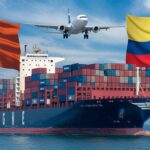
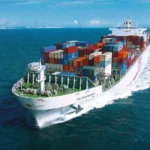





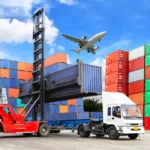
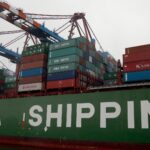
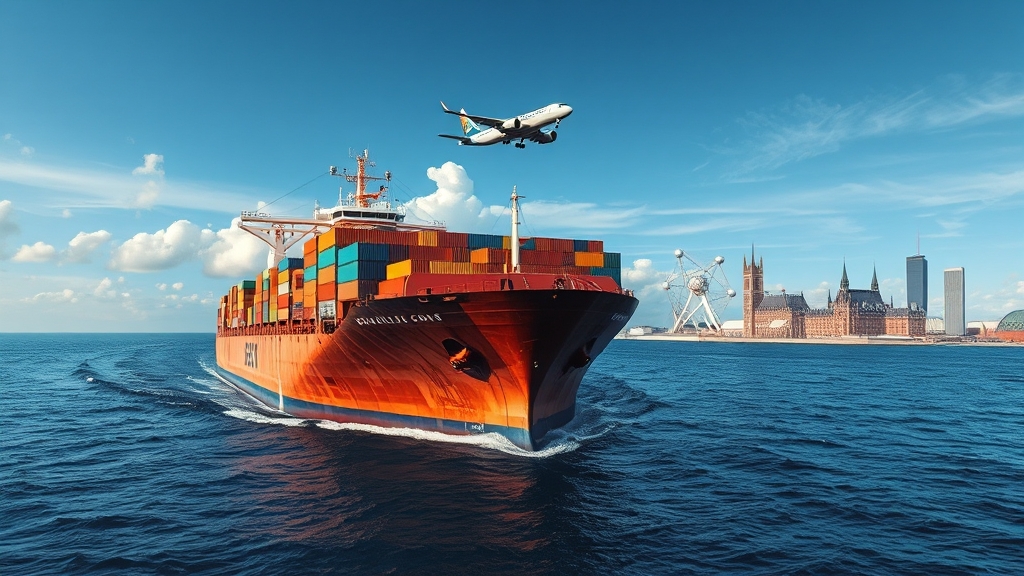
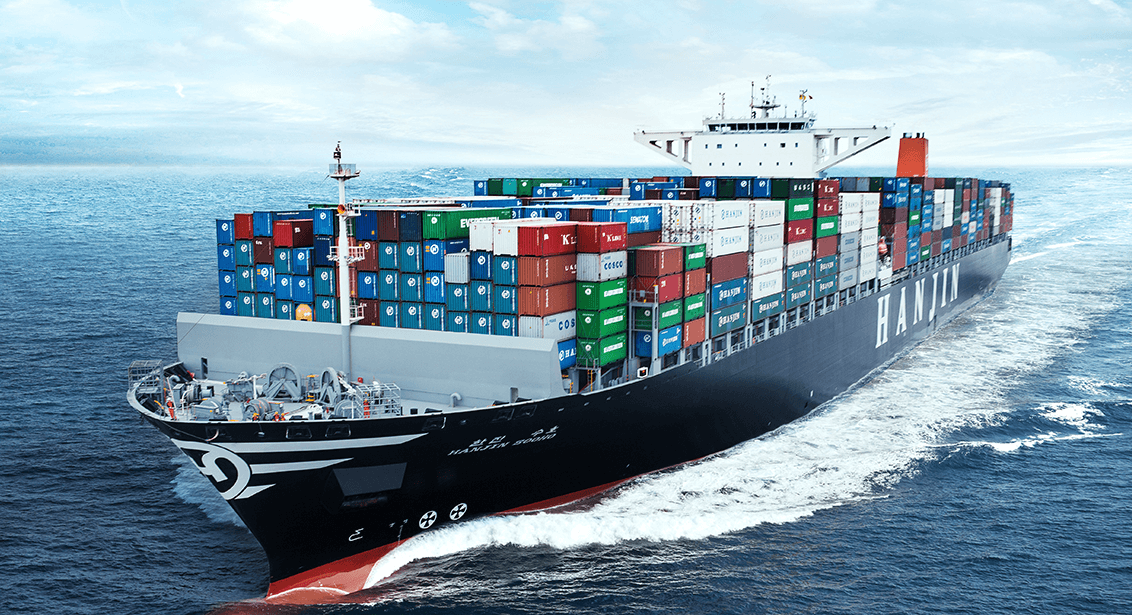
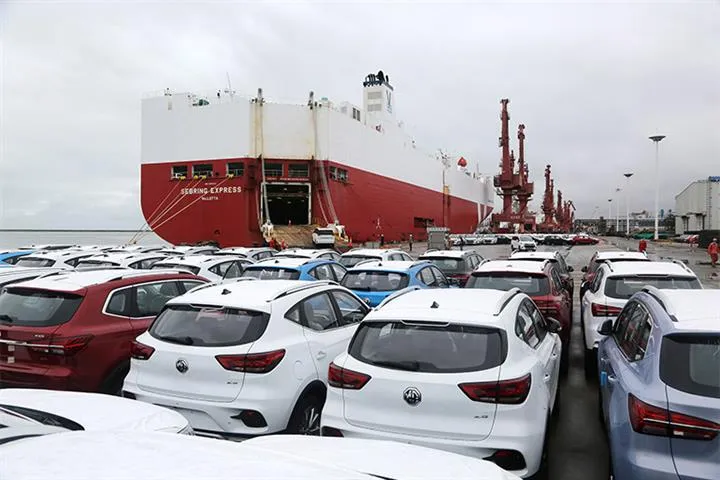

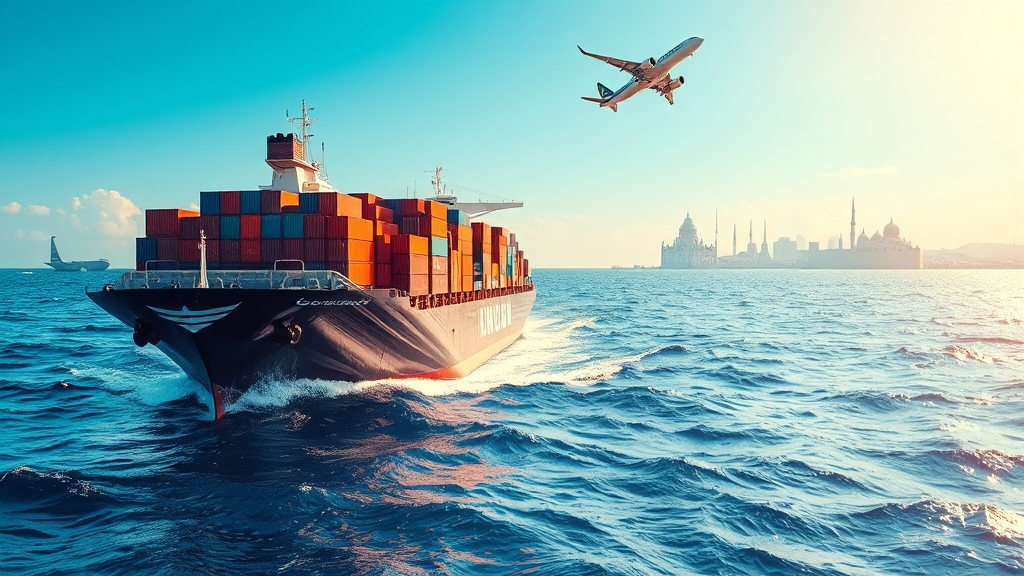





 Afrikaans
Afrikaans Shqip
Shqip አማርኛ
አማርኛ العربية
العربية Հայերեն
Հայերեն Azərbaycan dili
Azərbaycan dili Euskara
Euskara Беларуская мова
Беларуская мова বাংলা
বাংলা Bosanski
Bosanski Български
Български Català
Català Cebuano
Cebuano Chichewa
Chichewa 简体中文
简体中文 繁體中文
繁體中文 Corsu
Corsu Hrvatski
Hrvatski Čeština
Čeština Dansk
Dansk Nederlands
Nederlands English
English Esperanto
Esperanto Eesti
Eesti Filipino
Filipino Suomi
Suomi Français
Français Galego
Galego ქართული
ქართული Deutsch
Deutsch Ελληνικά
Ελληνικά Kreyol ayisyen
Kreyol ayisyen Harshen Hausa
Harshen Hausa Ōlelo Hawaiʻi
Ōlelo Hawaiʻi עִבְרִית
עִבְרִית हिन्दी
हिन्दी Hmong
Hmong Magyar
Magyar Íslenska
Íslenska Igbo
Igbo Bahasa Indonesia
Bahasa Indonesia Gaeilge
Gaeilge Italiano
Italiano 日本語
日本語 Basa Jawa
Basa Jawa ಕನ್ನಡ
ಕನ್ನಡ Қазақ тілі
Қазақ тілі ភាសាខ្មែរ
ភាសាខ្មែរ 한국어
한국어 كوردی
كوردی Кыргызча
Кыргызча ພາສາລາວ
ພາສາລາວ Latin
Latin Latviešu valoda
Latviešu valoda Lietuvių kalba
Lietuvių kalba Lëtzebuergesch
Lëtzebuergesch Македонски јазик
Македонски јазик Malagasy
Malagasy Bahasa Melayu
Bahasa Melayu മലയാളം
മലയാളം Maltese
Maltese Te Reo Māori
Te Reo Māori मराठी
मराठी Монгол
Монгол ဗမာစာ
ဗမာစာ नेपाली
नेपाली Norsk bokmål
Norsk bokmål پښتو
پښتو فارسی
فارسی Polski
Polski Português
Português ਪੰਜਾਬੀ
ਪੰਜਾਬੀ Română
Română Русский
Русский Samoan
Samoan Gàidhlig
Gàidhlig Српски језик
Српски језик Sesotho
Sesotho Shona
Shona سنڌي
سنڌي සිංහල
සිංහල Slovenčina
Slovenčina Slovenščina
Slovenščina Afsoomaali
Afsoomaali Español
Español Basa Sunda
Basa Sunda Kiswahili
Kiswahili Svenska
Svenska Тоҷикӣ
Тоҷикӣ தமிழ்
தமிழ் తెలుగు
తెలుగు ไทย
ไทย Türkçe
Türkçe Українська
Українська اردو
اردو O‘zbekcha
O‘zbekcha Tiếng Việt
Tiếng Việt Cymraeg
Cymraeg יידיש
יידיש Yorùbá
Yorùbá Zulu
Zulu